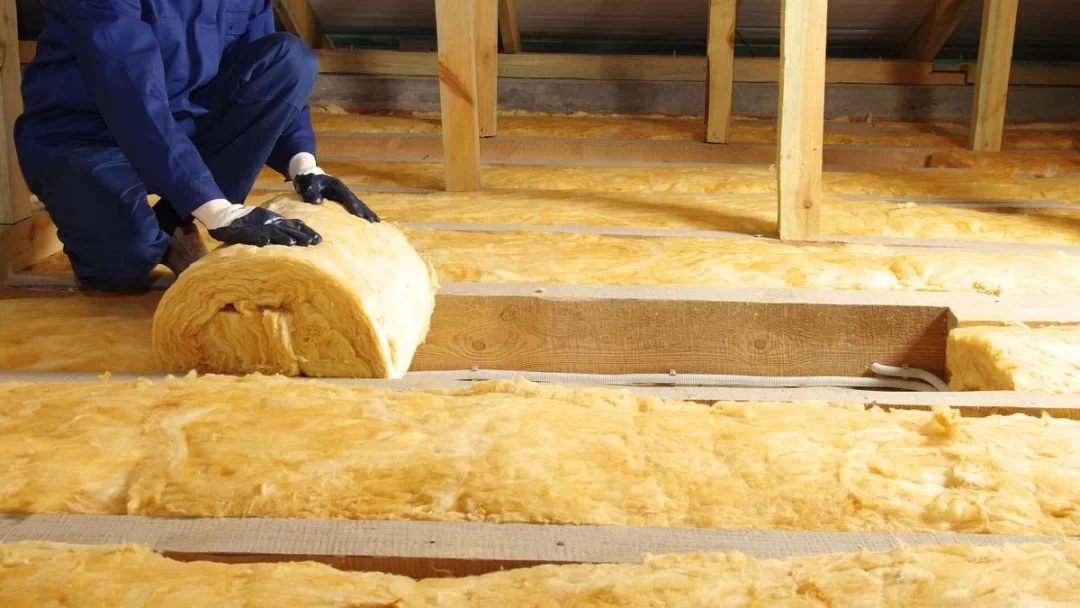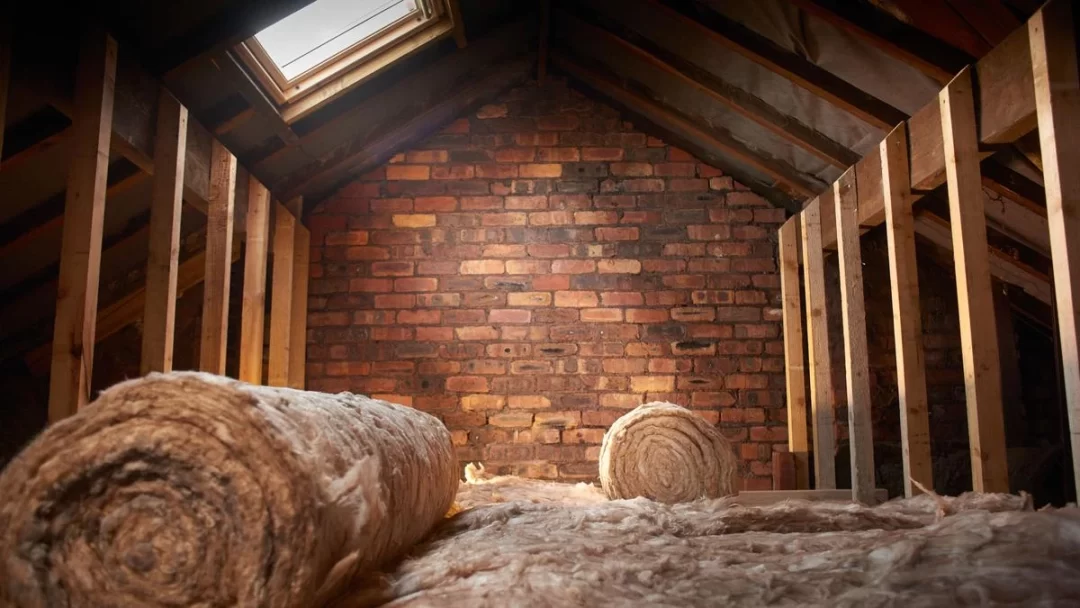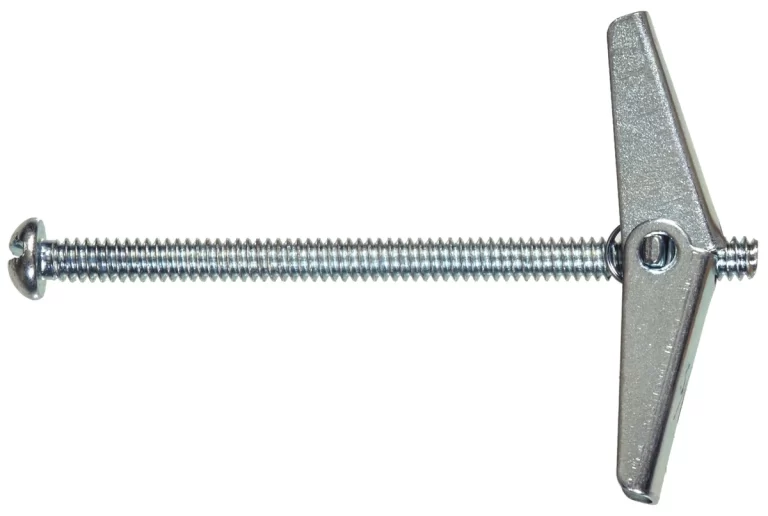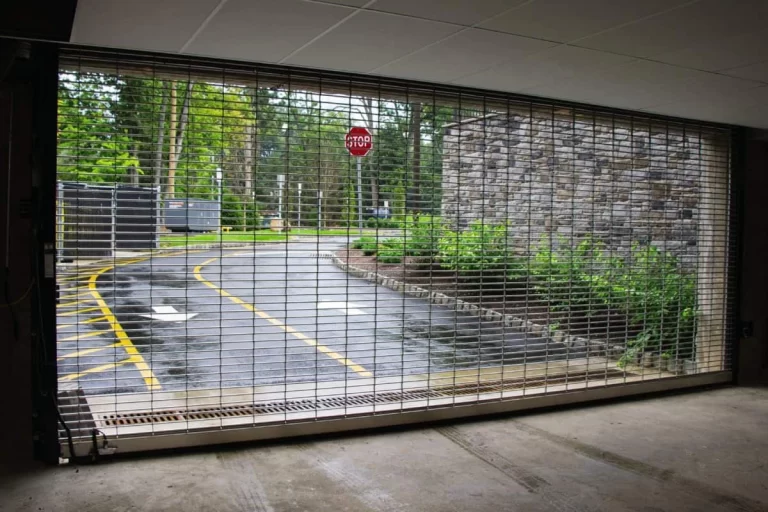How Can I Insulate My House Better? Choosing the Right One
How can I insulate my house better? Proper insulation not only reduces your energy bills but also enhances comfort and helps preserve the environment.
In this article, we will explore various strategies and insulation materials to help you achieve a well-insulated home.

How Can I Insulate My House Better?
Effective insulation acts as a barrier, preventing the transfer of heat between the interior and exterior of your home.
During hot summers or cold winters, insulation keeps the indoor temperature comfortable, reducing the need for excessive heating or cooling systems.
This leads to significant energy savings and a smaller carbon footprint.
Assessing Your Current Insulation
Before making improvements, evaluate your current insulation status. Check for drafts, cold spots, or excessive heat in specific areas. Inspect your attic, walls, windows, and doors for any signs of inadequate insulation.
Understanding the existing situation will help you determine the necessary upgrades.
Identifying Areas of Improvement
Based on your assessment, pinpoint the areas that need attention. Each part of your house may have different insulation requirements.
Some regions might have worn-out insulation, while others may lack any insulation altogether. Prioritize the areas that will yield the most significant impact when upgraded.
Types of Insulation Materials
There are various insulation materials available, each with its unique characteristics and applications.
1. Fiberglass Insulation
Fiberglass insulation is one of the most common and affordable options. It is easy to install and comes in batts or rolls, making it suitable for walls, floors, and ceilings.
2. Cellulose Insulation
Made from recycled paper products, cellulose insulation is an eco-friendly choice. It is blown into spaces, filling gaps effectively, and is great for existing walls and attics.
3. Spray Foam Insulation
Spray foam provides an airtight seal and is perfect for sealing cracks and gaps. It’s ideal for hard-to-reach areas, such as around pipes and wiring.
4. Reflective Insulation
Reflective insulation is typically used in hot climates to reflect radiant heat away from the house, keeping it cooler.
5. Wool Insulation
Wool insulation is sustainable and naturally flame-resistant. It also provides excellent thermal and sound insulation.
6. Radiant Barrier Insulation
Radiant barriers work by reflecting heat instead of absorbing it, making them effective in hot climates and attics.
Choosing the Right Insulation for Different Areas

Different parts of your house require specific types of insulation to achieve optimal results.
1. Attic Insulation
The attic is a critical area for insulation. Heat tends to rise, so proper attic insulation can prevent significant energy loss.
2. Wall Insulation
Walls with inadequate insulation can be a major source of heat transfer. Adding insulation to the walls will increase energy efficiency.
3. Basement and Crawlspace Insulation
Insulating your basement and crawlspace will help regulate indoor temperature and prevent moisture issues.
4. Doors and Windows Insulation
Weatherstripping doors and windows and using insulation film can reduce drafts and heat loss.
5. Roof Insulation
Roof insulation can enhance energy efficiency and protect your home from extreme weather conditions.
Conclusion
Improving your home’s insulation is a proactive step towards a more energy-efficient and sustainable future.
By choosing the right insulation materials for different areas, assessing your current insulation, and considering the climate, you can create a comfortable living space while reducing your energy consumption.
Start insulating your house better today and make a positive impact on the environment and your wallet. How can I insulate my house better?
READ ALSO!!!





